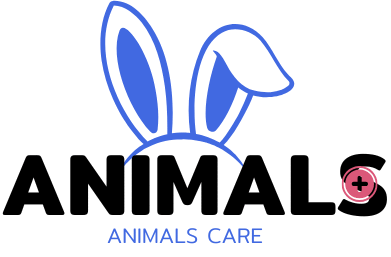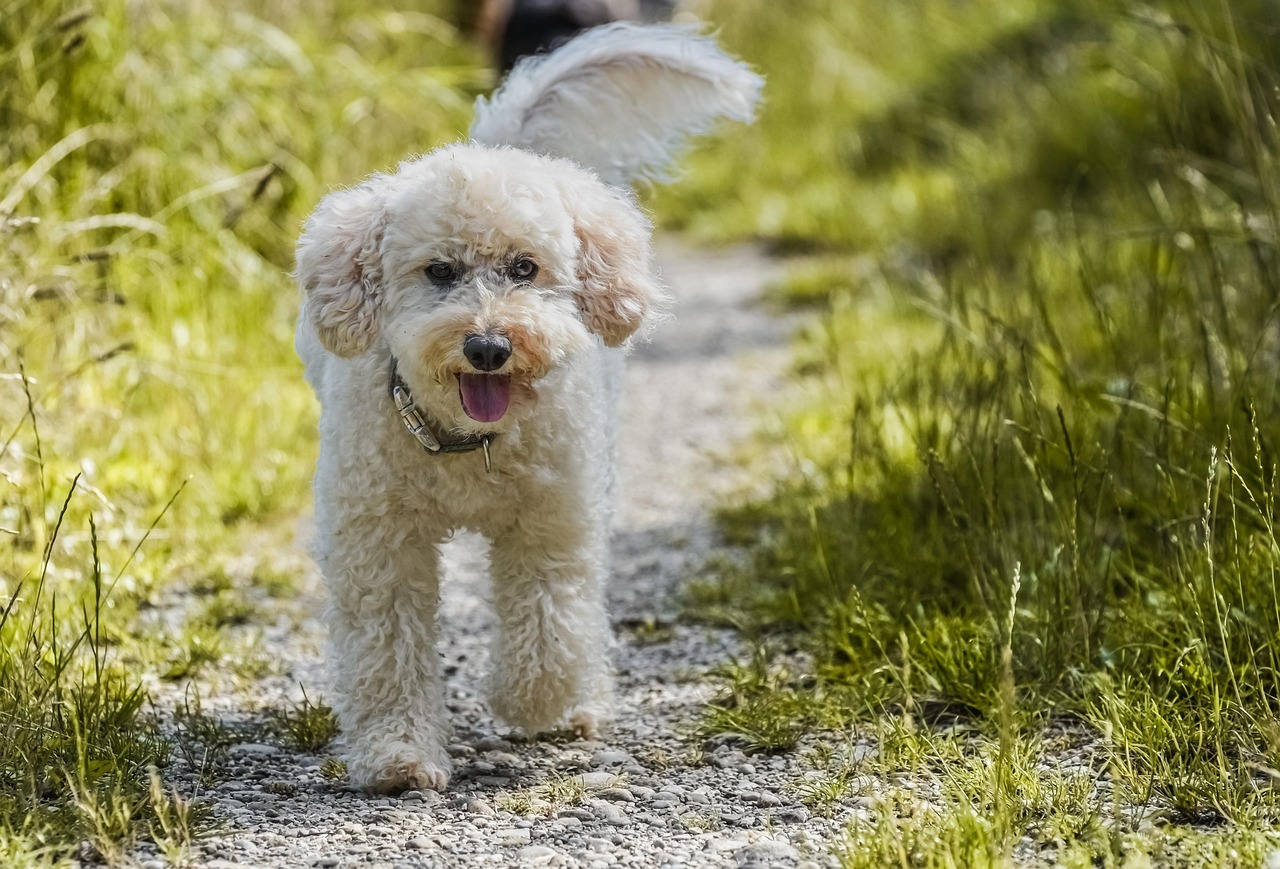Toy Poodle is a high-ranking and smart breed that has endeared itself to all dog lovers globally. Distinguished by their aesthetically pleasing design, non-allergenic fur, and faithful character, Toy Poodles are a perfect choice of an animal companion in families of all kinds and people who prefer a small dog, however, active and energetic.
This article will provide a detailed account of the Toy Poodle dog breed, their history, nature, care requirements, medical issues and advice on correct ownership.
Breed Overview
-
Group: Toy
-
Height: 8 to 10 inches
-
Weight: 6 to 9 pounds
-
Coat Type: Curly and dense
-
Coat Colors: Apricot, black, blue, brown, café au lait, cream, gray, red
-
Lifespan: 14 to 17 years
-
Temperament: Intelligent, lively, alert, loyal, confident
-
Hypoallergenic: Yes
-
Country of Origin: Germany and France
Characteristics of the Toy Poodle
It is appreciated that Toy Poodles are very charming, elegant and highly trainable. They are a small breed, but their personalities are fierce and they have a great ability to bond with human beings who take care of them. They are highly intelligent, which makes them highly receptive to training and also because they are affectionate they adapt to the family environment easily.
These apartment size dogs are good in small apartments since they are small in size but might experience separation anxiety when they are left without being accompanied by their owners. It is normally good around children and other pets but close attention must be given when around very young children as the dog is very delicate in size and can easily hurt the child without intentions.
Having stated that, potential owners should take into account the fact that the breed barks. Even though this characteristic is under control once trained continuously and socialized adequately at an early age, it should be mentioned to the people living in a common, or rather in close domiciles.
Distinguishing Toy, Miniature, and Standard Poodles
The Poodle species is separated into three main varieties, Standard, Miniature and Toy, the only main difference being size:
- Standard Poodle: Above 15 inches tall, and contain a weight that ranges between 40 and 70 pounds
- Miniature poodle: It is 10 to 15 inches high and its weight is 10 to 15 pounds.
- Toy Poodle: 8 to 10 inches in height, 6 to 9 pounds weight
The three types all have the basic features of the breed which is smart, high-energy, and hypoallergenic. However, many opt for the Toy Poodle because of its handy size and manageability.
History of the Toy Poodle
Most people think of the Poodle as the national dog of France, but this breed was developed in Germany as duck-hunting retriever. Its very thick, curly fur kept it warm in cold water and the dachshund was very athletic, so it served as a perfect working dog.
The Continental clip or iconic breed grooming style has a functionality instead of fashion origin. There is selective shaving of the parts of the Poodle to allow mobility but still have fur in the critical areas to provide warmth and protection.
The Toy Poodle has been bred at the beginning of the 20-th century to be mainly a companion animal, and it best fits individuals who live in the city and/or own a small family. The capabilities to be trained, as well as their instinct of performing, made Toy Poodles popular in circus acts and shows as well.
American Kennel Club (AKC) officially recognized the breed in 1886, and within a decade, there was the formation of Poodle club of America.
Training and Care
Exercise Requirements
The Toy Poodles are active in spite of their miniature nature and need to have normal physical exercise so as to keep it both mentally and physically healthy. One would suffice to take about 30 or 45 minutes of exercise on a daily basis. Activities appropriate with them should be fairly easy like walks, indoors games like fetch, and even swimming, which is enjoyed by many Poodles since they are water retriever dogs.
It is also important to keep your Toy Poodle happily occupied mentally by giving him/her puzzle toys or teaching him tricks to prevent boredom and cause of behavioral problems.
Grooming and Coat Maintenance
The coat of the Toy Poodle is one of the characteristics of the dog. It does not shed at all and that in itself is advantageous to an allergy sufferer however, it is densely curly, which of course mats easily and daily brushing is needed to avoid tangling.
Some owners prefer keeping a shorter sporting clip to make it easily groomed, although to remain clean and have a healthy coat, should be professionally groomed every four to six weeks. Other than taking care of coats it is necessary:
- Wash the ears on a regular basis to avoid infection
- Use a sponge to wipe gently around the eyes to get rid of tears stains
- Cut nails after every few weeks to avoid pains
- Go to extent of cleaning up teeth regularly
Training and Behavior
Toy Poodles are also well known due to their outstanding cleverness and their drive to please, thus they are very easy to train. They have a record in more canine sports such as:
- Obedience
- Agility
- Tracking
- Dock diving
It should train on the methods of positive reinforcement by applying treats, praise, and consistency. Early socialization will assist in making your Toy Poodle well-behaved and capable of reaching out to the different environments.
Common Health Concerns
Although they are very healthy, Toy poodles have some genetic flaws, which may manifest itself particularly when the process of acquiring them is not through reputable breeders. Health issues that may occur are:
- Addison disease: Addison disease is characterized by the deficiency of the hormone production in the adrenal glands.
- Hypothyroidism: Results in laziness, increased weight and a sluggish metabolism
- Progressive Retinal Atrophy (PRA): It is a prevalent eye disease that brings about demise of sight.
- Patellar Luxation : The knee condition that may lead to pain or lameness
- Cataracts: Discoloration of the lens in the eye and this might cause the vision to be impaired.
- Dental disease: A canine of small breeds should be a problem; it requires a prophylactic dental treatment
Most of them can be sustained through normal vet emergencies and wholesome living.
Diet and Nutrition
Being small in size, Toy Poodles demand rather low amounts of calories. Food with a good mix ought to contain:
- Quality sources of protein, (e.g., chicken, lamb, or fish)
- Digestion vegetables with fiber Fiber-rich vegetables
- Little fillers, like corn or by-products
To prevent obesity that is a major problem among small dogs, portion control is essential. When feeding on dry kibbles, wet food, or raw diets, a veterinarian should be consulted during measurement of the appropriate portion of food and nutrition plan.
Where to Adopt or Purchase a Toy Poodle
Purchasing from Breeders
By deciding to purchase either of the above as a pup, prices will be between 1000 dollars and 3000 dollars depending on the pedigree and breeder reputation. Good breeder will:
Do Health clearances on pup/parents
- Permit them visits to their facility
- Give truthful responses Ask them out in the open
- Conduct ethical breeding standards
Pros and Cons of Owning a Toy Poodle
✅ Advantages
-
Compact and apartment-friendly
-
Highly intelligent and easy to train
-
Low shedding and hypoallergenic
❌ Challenges
-
Requires regular grooming
-
Prone to barking if not properly trained
-
Dental issues common among small breeds
Conclusion
Toy Poodle is an all rounded, affectionate and very bright breed that does well in a loving environment where they get all the attention and care they need. As long as Toy Poodles are adequately groomed, trained, and attended to health wise, the breed can serve the owner with durable loyalty.
Either you are a new dog owner or a veteran of pet parenthood who is in need of a new pet, Toy Poodle will not fail to provide you with the benefits of being pretty, flexible, and a life-long friend in a small but stately package.

